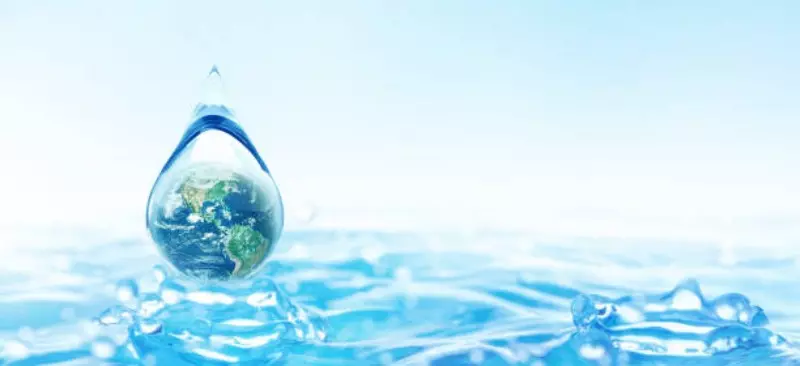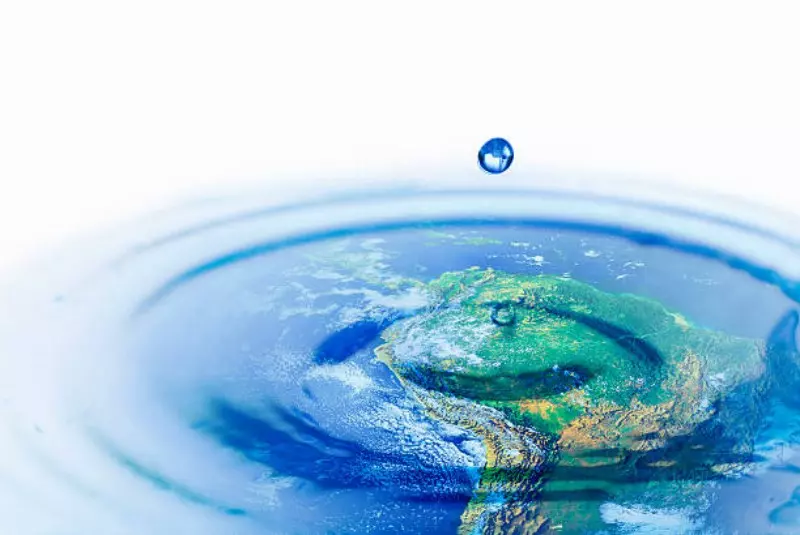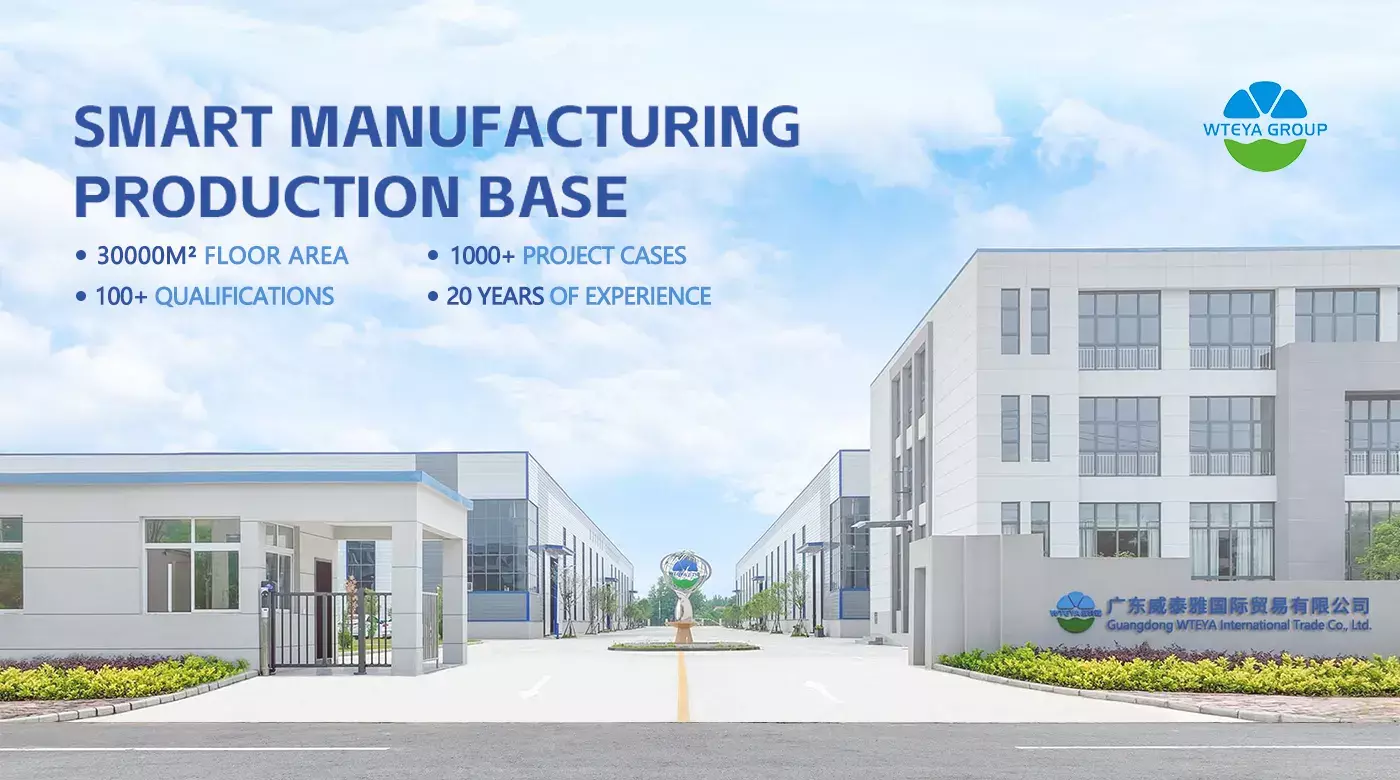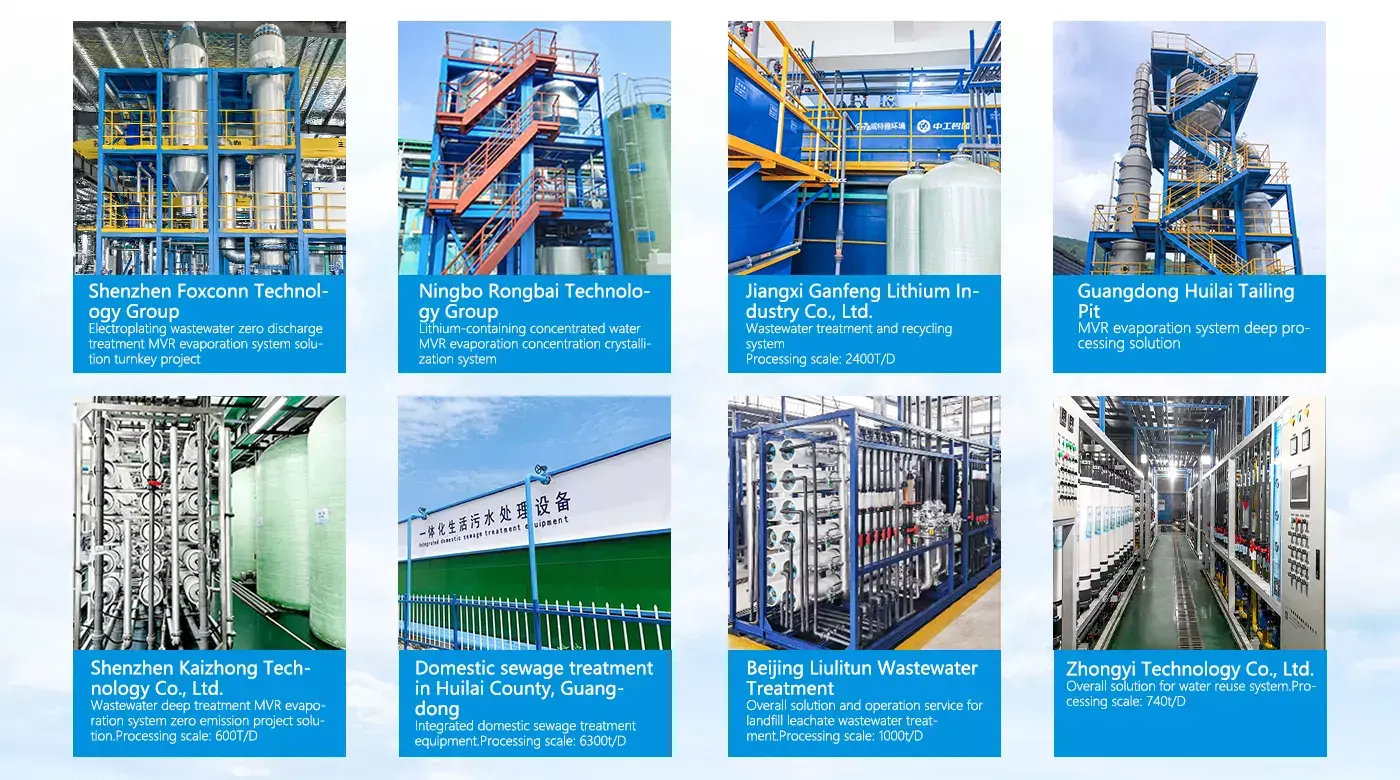How Can Seawater Desalination Systems Solve the Global Water Resource Bottleneck?
With the continuous growth of the global population and the intensifying effects of climate change, freshwater scarcity has become an increasingly urgent issue. According to the United Nations, approximately 2 billion people face varying degrees of water scarcity, and the number of water-stressed regions continues to expand. Uneven distribution of traditional freshwater resources and increasing pollution make securing safe and stable water supplies a global challenge. Seawater desalination, as a sustainable solution, leverages the virtually limitless supply of seawater and has emerged as a key technology to overcome water resource bottlenecks.
As an industry technology leader, WTYEA provides advanced seawater desalination system solutions, offering efficient, stable, and intelligent freshwater supply to customers worldwide. This article explores the technical architecture, core processes, and innovative advantages of WTYEA seawater desalination systems, highlighting how they contribute to the sustainable development of global water resources.
Severe Global Water Resource Shortages and Market Demand
Freshwater accounts for only about 2.5% of the Earth's total water, with a tiny fraction available for direct use. Population concentration, industrial development, and climate anomalies have caused water quality deterioration and reduced availability, severely limiting access to freshwater. Coastal cities, arid, and semi-arid regions face particularly acute supply-demand imbalances. Water scarcity affects not only residential consumption but also agricultural irrigation and industrial production, ultimately constraining economic and social development.
Seawater desalination, a "take from the ocean, supply to land" technology pathway, provides a stable and controllable water source and is gradually becoming a critical component of global water resource strategies.

Technical Composition and Working Principles of Seawater Desalination Systems
Seawater desalination plants are highly integrated water treatment systems, combining pre-treatment, high-efficiency filtration, intelligent control, and post-treatment technologies. WTYEA optimizes system design and leverages technical innovations to efficiently convert seawater into freshwater, meeting both drinking water and industrial water standards.
1. Reverse Osmosis (RO) Technology – The Industry Standard
Reverse osmosis uses a semi-permeable membrane under high pressure to allow water molecules to pass while blocking salts and impurities. Seawater is pushed through RO membranes by high-pressure pumps, producing high-purity freshwater.
RO System Components:
-
Pre-treatment unit: Multi-stage filtration removes suspended solids, colloids, and organics to prevent membrane fouling.
-
High-pressure pump: Provides sufficient pressure to drive water molecules through the membrane.
-
RO membrane assembly: Core equipment, using high-performance composite membranes for high salt rejection and throughput.
-
Post-treatment unit: Adjusts water quality parameters to ensure safety and stability.
WTYEA offers various RO solutions, from small portable modules to large industrial systems. The systems are compatible with AC power and feature intelligent control units for automated monitoring and maintenance, enhancing stability and ease of use.
2. Multi-Stage Flash (MSF) and Multi-Effect Distillation (MED) – Thermal Desalination Technologies
MSF and MED are mature thermal desalination processes that use heat to evaporate seawater, which then condenses into freshwater. MSF uses multiple flash chambers to gradually reduce pressure, rapidly evaporating water, while MED reuses thermal energy across multiple effects. These technologies are suitable for regions with abundant industrial waste heat, particularly for large-scale centralized water supply projects.
WTYEA provides customized designs based on process characteristics to improve thermal efficiency and reduce energy consumption, balancing energy savings with high water output.

Core Advantages of WTYEA Seawater Desalination Systems
1. Highly Integrated and Modular Design
WTYEA integrates pre-treatment, membrane filtration, high-pressure pumps, and post-treatment equipment, shortening installation cycles and minimizing space requirements. Modular design supports rapid deployment and flexible expansion, suitable for small remote communities to large urban water supply needs.
2. Intelligent Automation for Safe and Stable Operation
Equipped with advanced automation, WTYEA desalination plants monitor real-time operating data, adjust operating parameters automatically, and provide early warnings for potential risks. Remote monitoring and intelligent diagnostics improve maintenance efficiency and reduce human error, ensuring year-round reliable operation.
3. Energy-Efficient and Environmentally Friendly
Energy consumption is a key concern in desalination. WTYEA optimizes pump efficiency, membrane selection, and waste heat recovery to significantly reduce electricity and thermal energy use. Systems are designed with eco-friendly materials and comply with international green certifications, supporting clients’ carbon neutrality goals.
4. Customizable Solutions for Diverse Needs
Whether for stringent drinking water standards or industrial use, WTYEA provides professional, customized solutions. Flexible configurations ensure reliable water quality. Portable and modular designs enable efficient desalination even in limited spaces.
Real-World Applications
-
Coastal City Drinking Water Supply: A coastal city adopted WTYEA RO desalination systems to produce 50,000 tons of freshwater daily, ensuring residents’ water needs and alleviating drought pressures.
-
Industrial Park Energy-Saving Supply: Large industrial parks utilize WTYEA MSF systems with waste heat recovery, reducing thermal energy consumption by over 30%, ensuring production water needs while controlling operational costs.
-
Rapid Deployment in Remote Areas: WTYEA portable modular desalination units enable flexible transport and quick installation, helping remote water-scarce areas achieve self-sufficiency.
Future Trends and WTYEA Innovation
Future desalination technology will focus on intelligence, digitalization, and energy efficiency. WTYEA continues to invest in R&D, integrating IoT, big data, and AI to create smart desalination plants capable of autonomous optimization and precise management. By promoting green technology innovation, WTYEA helps the industry achieve sustainable development, overcome global water resource bottlenecks, and ensure water security in more regions.
Seawater desalination systems show enormous potential as sustainable solutions to global water challenges. WTYEA, with its technical expertise, integrated systems, and intelligent management, provides efficient, safe, and eco-friendly desalination to meet diverse water demands worldwide. Choosing WTYEA means choosing a reliable future water supply.
Why Choose WTEYA Group?
WTEYA is a trusted brand with over a decade of experience in delivering high-efficiency water treatment solutions. We’ve successfully served well-known clients such as Foxconn, Huawei, Ganfeng Lithium, and Ronbay Technology, completing over 100 industrial projects with a strong reputation for reliability and customer satisfaction.
We support both OEM & ODM customization, offering tailored solutions to meet your unique operational needs.

WTEYA Is Now Looking for Global Distributors!

Join us! As a trusted brand with 16 years of expertise, WTEYA offers attractive partnership policies, professional training, and comprehensive technical support. We’re committed to growing with you.
📧 Email: info@wteya.com
📱 WhatsApp: +86-1800 2840 855
Let WTEYA help you achieve unparalleled water quality and operational efficiency!







